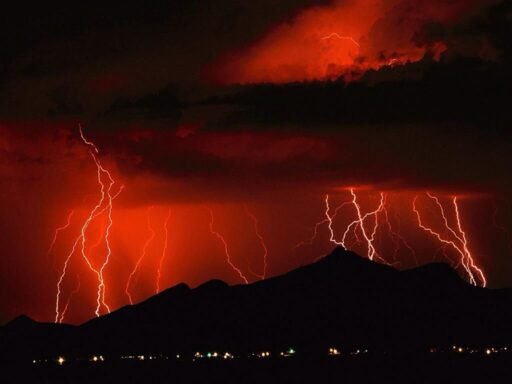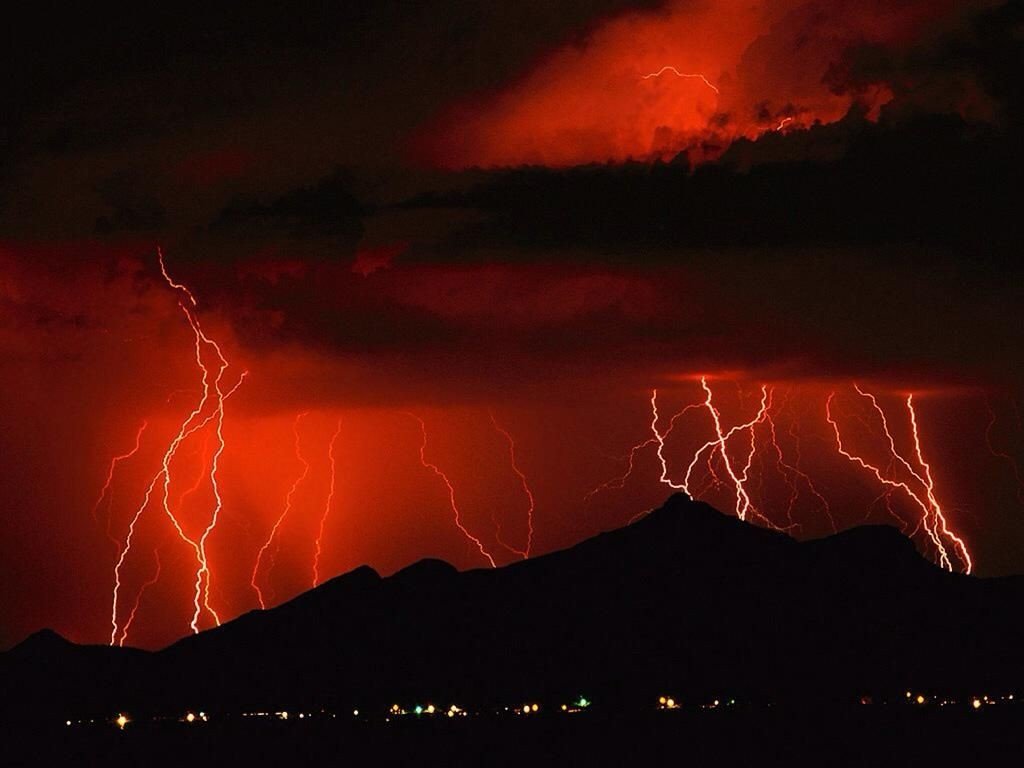Red lightning, or sprites, lights up the night sky with fleeting bursts of crimson above thunderstorms. Unlike typical lightning, these rare electrical discharges are elusive and mesmerizing. Nexus Mag dives into what causes red lightning, its unique colors, and its role in nature. Discover the science behind this stunning phenomenon!
What Are Red Sprites?
Red sprites are large-scale electrical discharges that occur high above cumulonimbus clouds during thunderstorms. Unlike ground-striking lightning, sprites form 50–90 kilometers above Earth in the mesosphere, creating vivid red shapes in the night sky.
Key Features:
- Appearance: Sprites manifest as jellyfish-like bursts, columns, or carrot-shaped flashes.
- Cause: Triggered by positive lightning discharges between a thundercloud and the ground.
- Duration: Last only milliseconds, making them hard to spot.
Why Are Sprites Red?
The red hue of sprites comes from nitrogen molecules in the upper atmosphere. When energized by lightning’s electric field, these molecules emit red light. Sprites occur at high altitudes where the air is thin, allowing the red glow to dominate.
Science Note: The process is similar to auroras, where charged particles excite atmospheric gases, producing colorful displays.
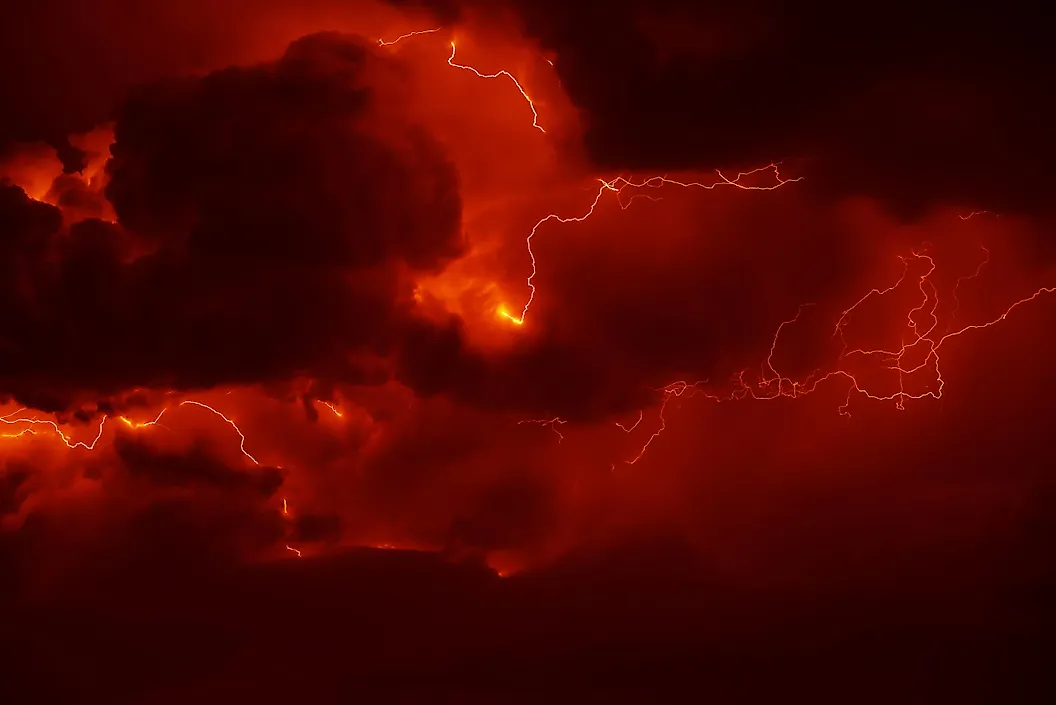
Rarest and Strongest Lightning Colors
Rarest Color: Green Lightning
Green lightning is exceptionally rare, often linked to specific atmospheric conditions or events like volcanic eruptions. The only documented photo is from the 2008 Chaitén volcano eruption in Chile, where ash and charged particles created a green glow.
Strongest Color: White Lightning
White lightning is the most dangerous, indicating high voltage with low humidity and high dust levels. It poses severe risks of injury or fire due to its intense energy.
History of Red Lightning Observations
Red sprites were first reported in 1730 by German legal theorist Johann Georg Estor, though his account lacked photographic evidence. The first confirmed image was captured accidentally in 1989 by University of Minnesota scientists using a video camera. Since then, sprites have been studied extensively from ground stations, aircraft, and space.
Global Sightings: Observed in Europe, North and South America, Central Africa, and Australia, often called “elves” or “sprites” in folklore due to their fleeting, fairy-like nature.
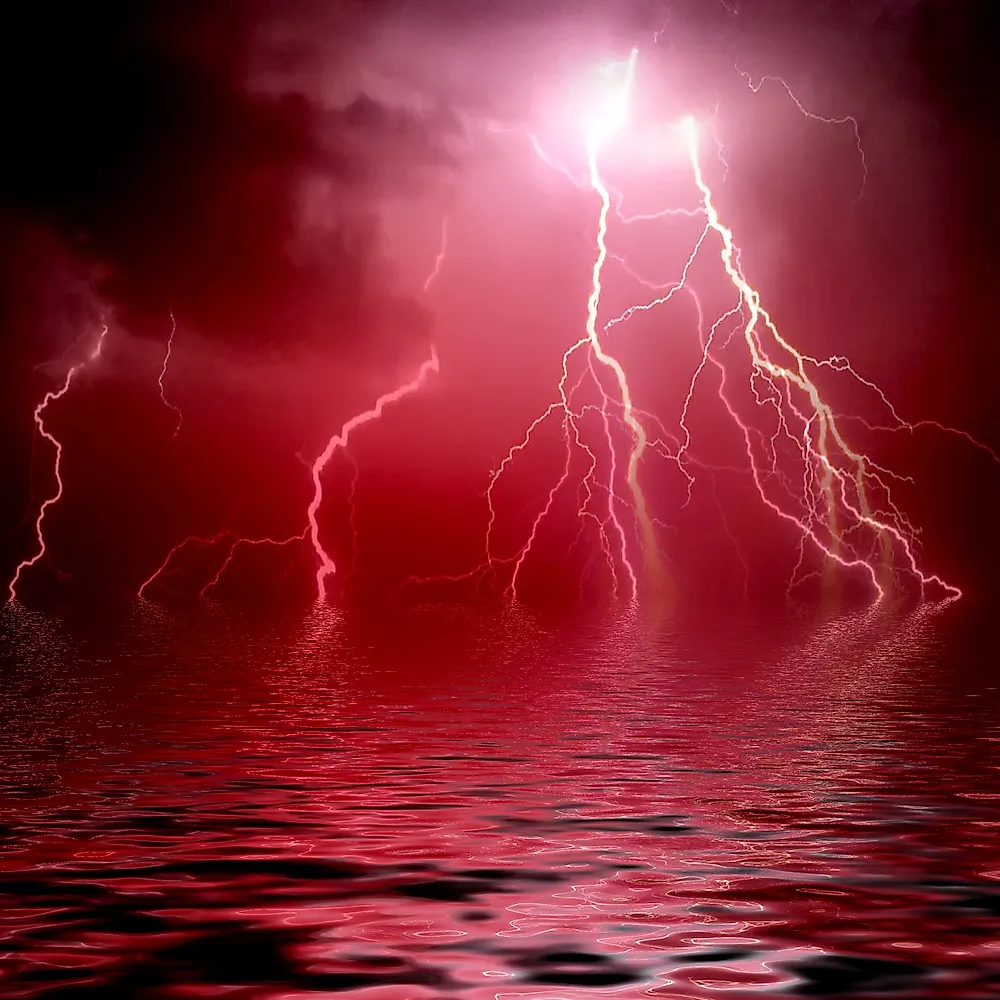
Are Red Sprites Dangerous?
Red sprites are generally harmless to humans, as they occur high in the atmosphere and last only milliseconds. However, they’ve been linked to unexplained aircraft incidents above thunderstorms, possibly due to electromagnetic interference.
Lightning Risks:
- Typical Lightning: Ground strikes cause death via nerve damage or heart failure, with 10–20% of strikes being fatal. Survivors may face long-term injuries like burns or neurological issues.
- Indirect Harm: Lightning can injure people indoors via conductive objects (e.g., pipes, phones).
Note: Most lightning victims are simply in the wrong place at the wrong time, not “attracting” strikes.
Why Are Sprites Hard to See?
Sprites are elusive due to:
- Altitude: Occurring 50–90 km above clouds, they’re obscured by weather or city lights.
- Duration: Lasting milliseconds, they require sensitive, red-light-detecting cameras.
- Conditions: Clear skies and minimal cloud cover are needed for observation.
Tip: Storm chasers and researchers use high-speed cameras to capture sprites, often from remote locations.
How to Stay Safe During Thunderstorms
While sprites pose no direct threat, ground lightning is deadly. Follow these tips:
- Seek Shelter: Stay indoors, avoiding windows, during storms.
- Avoid Conductors: Don’t touch metal, water, or plugged-in devices.
- Wait It Out: Stay indoors for 30 minutes after the last thunder.
- Outdoor Safety: Avoid open fields, tall trees, or water bodies.
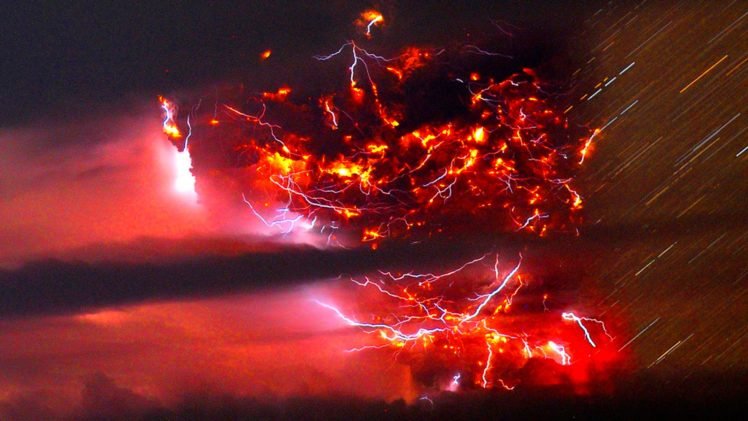
FAQs About Red Lightning
What causes red sprites? Positive lightning discharges between clouds and the ground energize nitrogen, creating red bursts in the mesosphere.
Is green lightning real? Yes, but extremely rare, often tied to volcanic activity or unique atmospheric conditions.
Are sprites dangerous? No, they’re too high to harm humans but may affect aircraft electronics.
Who discovered red lightning? Johann Georg Estor reported it in 1730; the first photo was taken in 1989 by University of Minnesota scientists.
Why is white lightning the strongest? It indicates high voltage and dry, dusty conditions, increasing its destructive power.
Marvel at Nature’s Light Show
Red sprites are a breathtaking reminder of nature’s complexity, illuminating the sky with fleeting crimson bursts. While harmless, they contrast with the deadly power of ground lightning. Understanding these phenomena helps us appreciate the atmosphere’s wonders and stay safe during storms. Explore more science insights in our Lifestyle hub at Nexus Mag.


